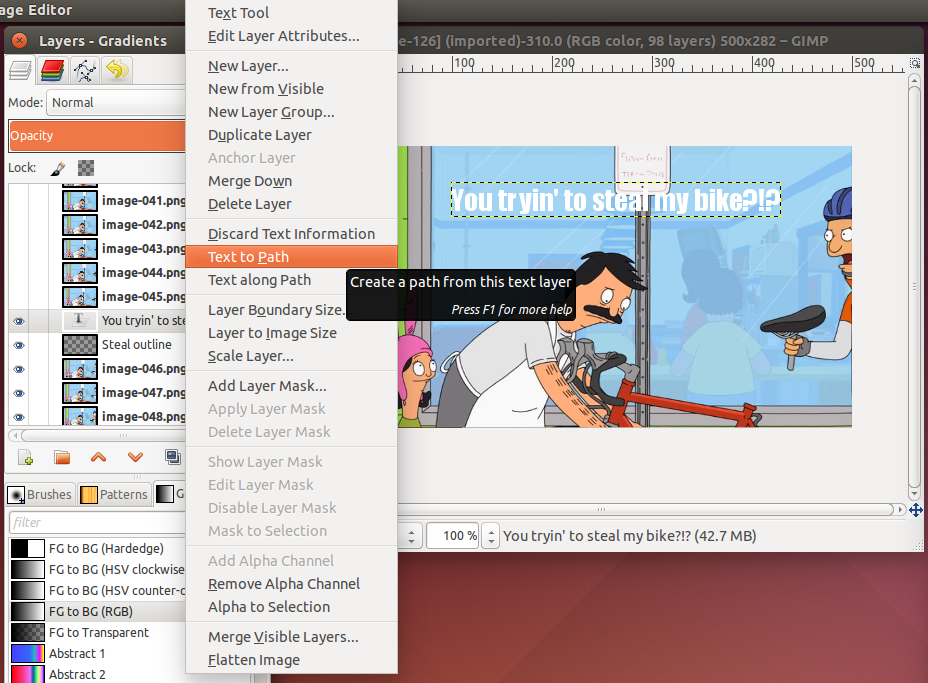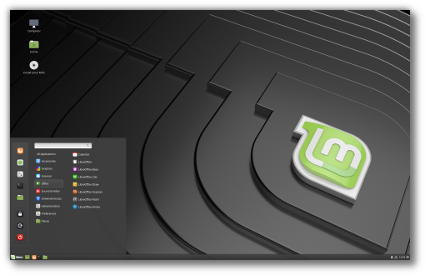
Width and Height specify the image dimensions in pixels.

Type is the image type:Ĩ-bit grayscale, 16-bit grayscale (unsigned), 32-bit (float) grayscale or RGB color.įill With (White, Black or Ramp) specifies how the image Name is the title that will be used for the Window. A dialog box allows you to specify the image title, type, This submenu contains commands for creating new images, stacks or text windows.Ĭreates a new image window or stack.
Transformable paths, transformable selections.Home | contents | previous | next File Menu. Advanced path tool doing bezier and polygonal selections. Selection tools including rectangle, rounded rectangle, ellipse, free, fuzzy. Transformation tools including rotate, scale, shear and flip. Multiple Undo/Redo (limited only by diskspace). Virtually unlimited number of images open at one time. Tile based memory management so image size is limited only by available disk space. Extremely powerful gradient editor and blend tool. Sub-pixel sampling for all paint tools for high quality anti-aliasing. Full suite of painting tools including Brush, Pencil, Airbrush, Clone, etc. You can also have a look at the illustrated features overview. This is only a very quickly thrown together list of GIMP features. But basically the same code also runs on Windows and macOS. GIMP is written and developed under X11 on UNIX platforms. The advanced scripting interface allows everything from the simplest task to the most complex image manipulation procedures to be easily scripted. It is designed to be augmented with plug-ins and extensions to do just about anything. 
It can be used as a simple paint program, an expert quality photo retouching program, an online batch processing system, a mass production image renderer, an image format converter, etc.

It is a freely distributed program for such tasks as photo retouching, image composition and image authoring. GIMP is an acronym for GNU Image Manipulation Program.







 0 kommentar(er)
0 kommentar(er)
